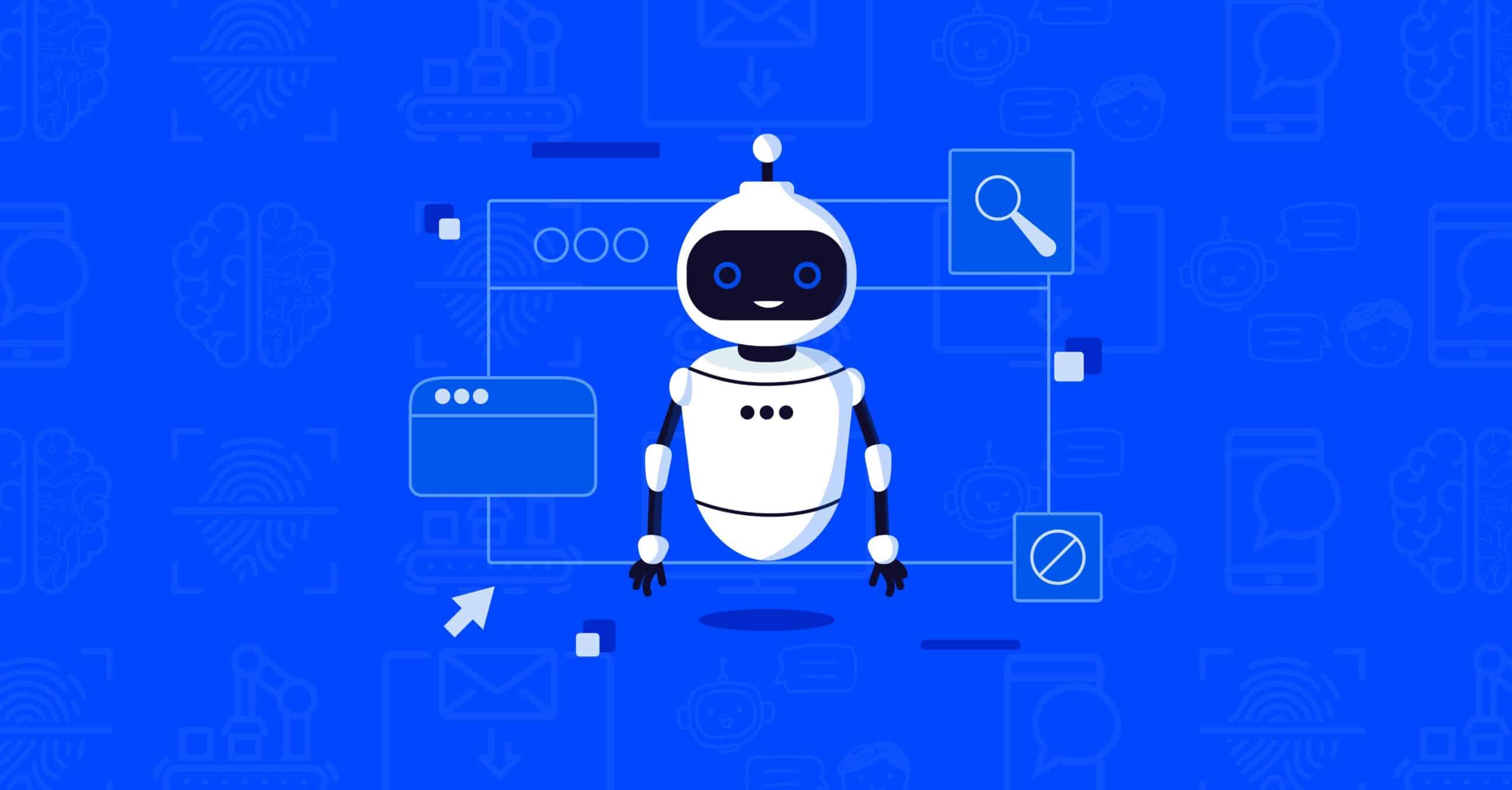By Michael Rivera, PhD
The “digital twin fever” is here to stay – and many organizations are already reaping significant benefits from the technology.
COVID-19 may have slowed down the adoption, but at the same time, it highlighted the massive potential of digital twins. Thankfully, the projected CAGR of 37.5 percent between 2023 and 2030 shows the market is recovering and will snowball in the coming years.
However, like every digital transformation, it’s important to understand digital twins before diving head-first into a full-scale implementation.
So, we’ll quickly cover what digital twins offer your business, plus potential challenges and considerations you should know before adoption.
What is a Digital Twin?
A digital twin is a virtual replica designed to represent a physical asset accurately. It collects data from sensors, Internet of Things (IoT) devices, and other digital systems attached to the physical asset.
This allows the virtual model to provide periodic or real-time reflections of what happens with the real object without constant physical interaction.
Now, how is this useful to your business?
Benefits of Digital Twins in Business
Some of the benefits of using digital twins in your business include:
- Reduced Operational Costs
Digital twins can help your business find new ways to save money. For example, you can save energy, reduce waste, and avoid lengthy downtimes.
- Increased Safety and Reduced Factory Accidents
Digital twins simulate the physical asset’s behavior in different scenarios, such as vibration and stress, environmental conditions (e.g., temperature, weather, humidity), and electrical systems (e.g., load distribution, pressure, and flow rate).
This helps your business identify safety hazards or potential risks, ultimately reducing accidents.
- Predictive Maintenance
Digital twins empower your business to proactively identify and mitigate potential equipment breakdowns of the physical assets. This minimizes downtime and prolongs the lifespan of your equipment.
- Efficient Processes and Maximized Productivity
Digital twins can simulate asset behavior and provide real-time monitoring of simulating processes and systems. This allows for continuous optimization and resource allocation, improving operational efficiency and productivity gains.
Challenges and Considerations Before Adopting Digital Twins
While these benefits will help you stay ahead of the competition, there are a few challenges and considerations to know before implanting digital twins.
- Privacy and Security
Data is at the center of digital twins. The technology generates massive amounts of data, including sensitive information about your business, customers, and products.
This makes it critical to consider data security and privacy by implementing various data protection strategies like identity and access management (IAM), authentication, and encryption.
- Cost and Implementation
Implementing digital twins requires a substantial investment, including hardware, software, skilled personnel, and development and testing resources.
Although costs can vary based on the digital twin’s complexity and industry, the implementation process can still be lengthy and challenging.
This is why Thinaer offers Digital Twin Starter Kits to solve these problems. It is an out-of-box solution that reduces cost and allows you to implement phase 1 of IoT proof within minutes or hours! This can help you harness the benefits of digital twin technology on a smaller scale before moving to full-scale implementation.

